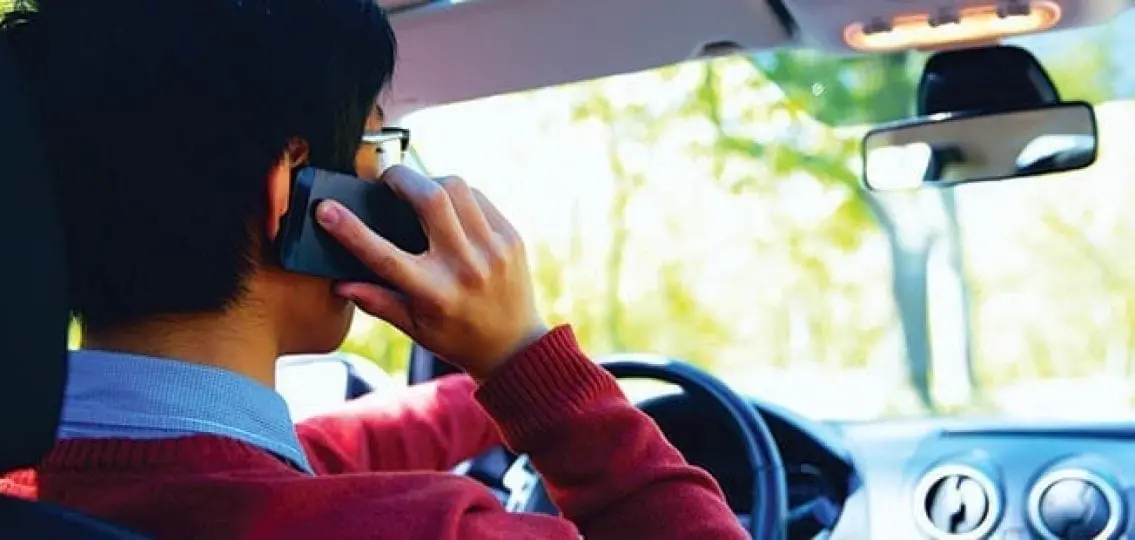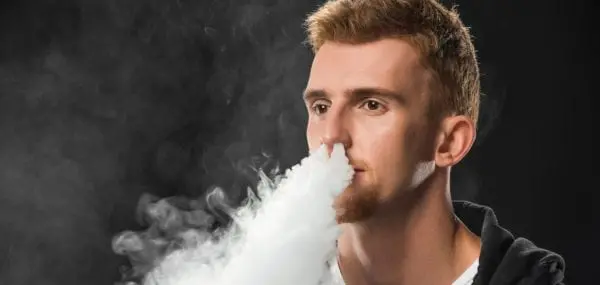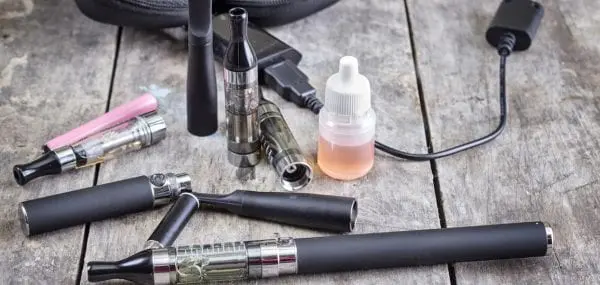Everyone seems to be having a love affair with ride-sharing services — Uber, Lyft, Curb — and that includes teenagers and their parents. Parents have discovered that these services can be a dependable way to get their non-licensed adolescents around town. Can’t pick your daughter up from swim practice because you’re working late? Send a Lyft. Meanwhile, some teenagers are using ride-sharing as a “designated driver” to avoid drinking and driving on weekends. Here’s what parents need to know.
Prevent Drinking and Driving: All About Uber
1. There are two major ride-sharing services, Uber and Lyft.
Plus, there are a growing number of regional services, including those that specialize in transporting minors, like Los Angeles’ HopSkipJump.
2. Rideshare services match passengers with approved drivers.
Passengers request rides using an app on a smartphone. Pricing varies by the number of passengers, distance, and the city in which you’re located. An Uber ride in San Francisco will cost you more than an Uber ride in Pittsburgh, for example.
3. They are trackable.
You can use a ride-sharing app to check the status of a ride, both before it arrives and during the trip. That means parents can see where their teenagers are — whether they’re almost home or stuck in traffic.
4. Minors aren’t supposed to use Uber, but they do.
Uber says it won’t transport unaccompanied minors, but apparently it “happens all the time,” according to press reports; Lyft will do so if a parent makes a ride request. Teens over 18 can use these services on their own.
5. Some teenagers are using ride-sharing as a “designated driver.”
On the one hand, this keeps these teenagers safer because they avoid drinking and driving. In fact, a recent survey by MADD and Uber found that 30 percent of respondents under the age of 30 use ride-shares to get home after drinking. But it’s also possible that some teenagers may drink more, or more often, knowing they don’t need to get behind the wheel.
6. Bottom line: if your teenager is using ride-sharing to attend social gatherings, have a conversation.
Dr. Jennifer Powell-Lunder suggests starting with a simple, “Look, I’m glad you understand that there is no drinking and driving, but I am concerned that you might think that just because you are not driving means, it’s okay to drink. That’s not the case. Let’s be clear what the rules are.”
In general, says Powell-Lunder, a psychologist and co-author of Teenage as a Second Language, parents need to be very clear about their expectations around alcohol. Phrases like “be smart” or “don’t drink” aren’t particularly effective.
What is effective is reminding teenagers what the specific rules are and what the consequences will be for violating them. For example: “It’s fine to take Uber to the party if that’s most convenient for everyone, but I do not expect you to drink. If I do find out you are drinking, you will not be able to attend the next party.”
Whether it’s Uber, a hired limousine (think: prom night), or a friend who is driving your teenager around town, the need for ongoing conversations around teen drinking has not changed. “People think that Uber is a big innovation,” says Powell-Lunder. “When I was growing up it was called taking a cab.”




